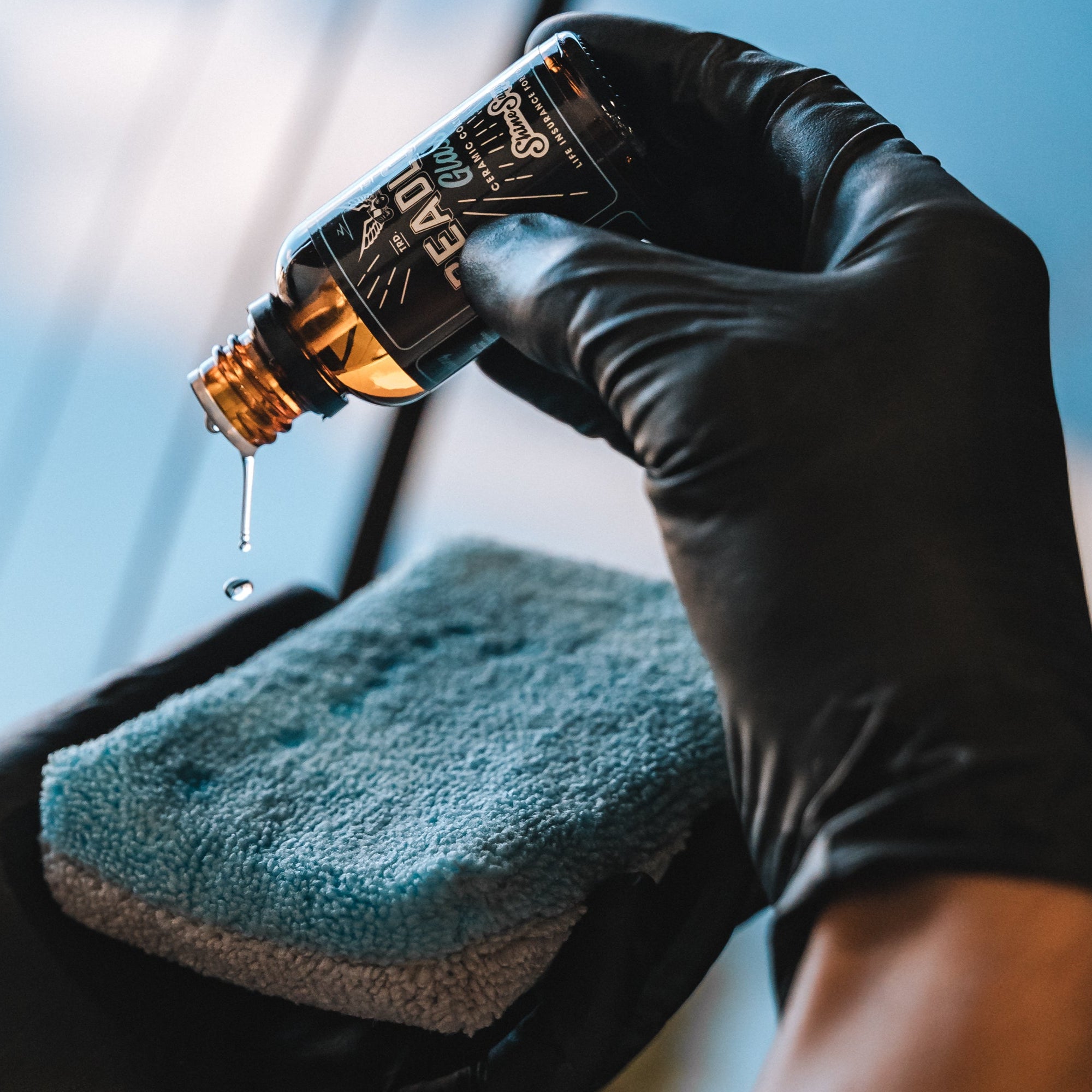A Comprehensive Overview to the Kinds of Ceramic Coating on the Market
Ceramic finishings have actually emerged as a crucial solution across numerous industries as a result of their distinct residential properties and applications. From silica-based formulations recognized for their robustness to crossbreed options that combine several advantages, the selections available can be overwhelming. Comprehending the subtleties of each type, including their particular benefits and suitable use instances, is necessary for making notified choices. As we explore the unique attributes and applications of these coatings, the ramifications for efficiency and longevity come to be significantly obvious, increasing inquiries concerning which kind may ideal match your requirements.
Understanding Ceramic Coatings
Ceramic coverings are innovative protective remedies that have actually gotten popularity in numerous markets, specifically in automotive and aerospace applications. These coverings are composed of a liquid polymer that, when healed, creates a sturdy, hydrophobic layer on the surface area of the substrate. This layer provides boosted resistance to environmental contaminants, UV radiation, and chemical exposure, thus prolonging the life and aesthetic charm of the underlying product.
The essential component of ceramic layers is silica, which contributes to their solidity and durability. The application process commonly entails surface prep work, application of the finish, and curing, which can be accomplished through warmth or UV light. When treated, ceramic coverings display extraordinary bonding homes, permitting them to adhere highly to a selection of surface areas, consisting of metals, plastics, and glass.
In addition to their protective attributes, ceramic coverings likewise offer simplicity of maintenance. Their hydrophobic nature decreases the adherence of dust and crud, making cleaning easier and less frequent. On the whole, the adoption of ceramic finishes represents a substantial advancement in surface area security modern technology, giving both useful and aesthetic benefits throughout numerous industries.
Kinds Of Ceramic Coatings
Numerous sorts of ceramic finishings are readily available, each designed to fulfill certain efficiency needs and applications - Auto Detailing. The most common kinds consist of:
Silica-based Coatings: These finishes mainly consist of silicon dioxide and are understood for their durability and chemical resistance. They are extensively made use of in vehicle and industrial applications.
Titanium Dioxide Coatings: Popular for their photocatalytic buildings, titanium dioxide layers are often applied in atmospheres where self-cleaning and antifungal buildings are preferable, such as in building products and automotive coatings.
Zirconia Coatings: Identified by their high-temperature security and thermal resistance, zirconia coatings are used in applications such as generator engines and high-performance vehicle elements.
Alumina Coatings: Showing superb firmness and thermal security, alumina finishes are often used in wear-resistant applications, consisting of reducing devices and commercial machinery. - Auto Detailing
Hybrid Coatings: Incorporating the buildings of various materials, hybrid coatings provide improved efficiency features, making them appropriate for one-of-a-kind and requiring applications.
Each kind of ceramic finish serves distinctive objectives, allowing users to select the most proper service based on particular ecological problems and efficiency demands.
Benefits of Ceramic Coatings
Ceramic coverings, in specific, offer many advantages that make them progressively preferred amongst manufacturers and consumers alike. These coverings are immune to scrapes, chemicals, and UV rays, making certain that the underlying surface area continues to be secured over time.
Along with resilience, ceramic finishes give excellent hydrophobic homes, enabling for very easy cleaning and maintenance. This water-repellent nature lessens the adherence great post to read of dust, grime, and various other impurities, which can prolong the visual allure and capability of the surface area. Ceramic coatings can significantly improve thermal resistance, making them perfect for applications that endure high temperature levels.

Application Refine
When using ceramic layers, a thorough approach is necessary to accomplish optimal outcomes. The application process usually starts with thorough surface prep work. This includes washing, decontaminating, and polishing the surface area to get rid of all pollutants, consisting of dirt, oil, and prior waxes or sealants. A tidy surface guarantees correct bond of the finish.
When the surface is prepped, the following action is to use the ceramic covering. This can be done utilizing an applicator pad or see it here a microfiber cloth, making certain even coverage. It is vital to operate in tiny sections to maintain control and avoid early healing. The layer should be applied in slim layers, as thicker applications can lead to unequal finishes.
After application, the covering calls for a particular treating time, typically ranging from a few hours to a complete day, depending on the item. Complying with these actions carefully will optimize the effectiveness and durability of the ceramic layer, providing a resilient safety layer for the surface.
Upkeep and Longevity
To guarantee the longevity and effectiveness of a ceramic layer, routine upkeep is essential. Ceramic finishings, recognized for their toughness and safety top qualities, require certain treatment routines to maximize their lifespan and efficiency.
Along with routine washing, regular examinations are important. Search for indications of you could try these out wear or damage, such as hydrophobic residential or commercial properties diminishing or surface area blemishes. If needed, a light polish may be put on renew the finish without removing it away.
Moreover, the application of a booster spray can boost the covering's hydrophobic results and restore its gloss. This is especially helpful for coatings that have remained in usage for a prolonged duration. Ultimately, by sticking to these upkeep methods, one can substantially expand the life of a ceramic layer, making sure that it remains to give optimal defense against environmental variables and keep the aesthetic appeal of the vehicle.
Verdict
